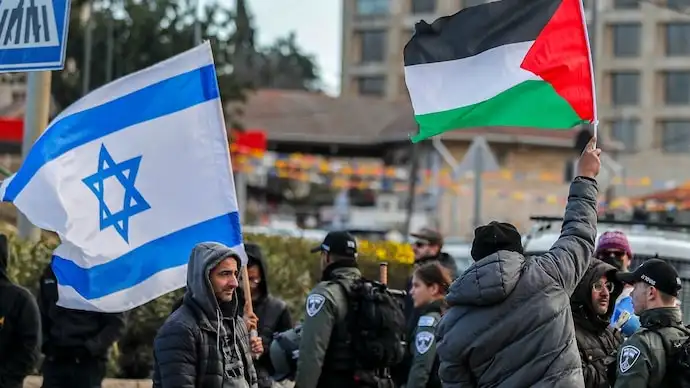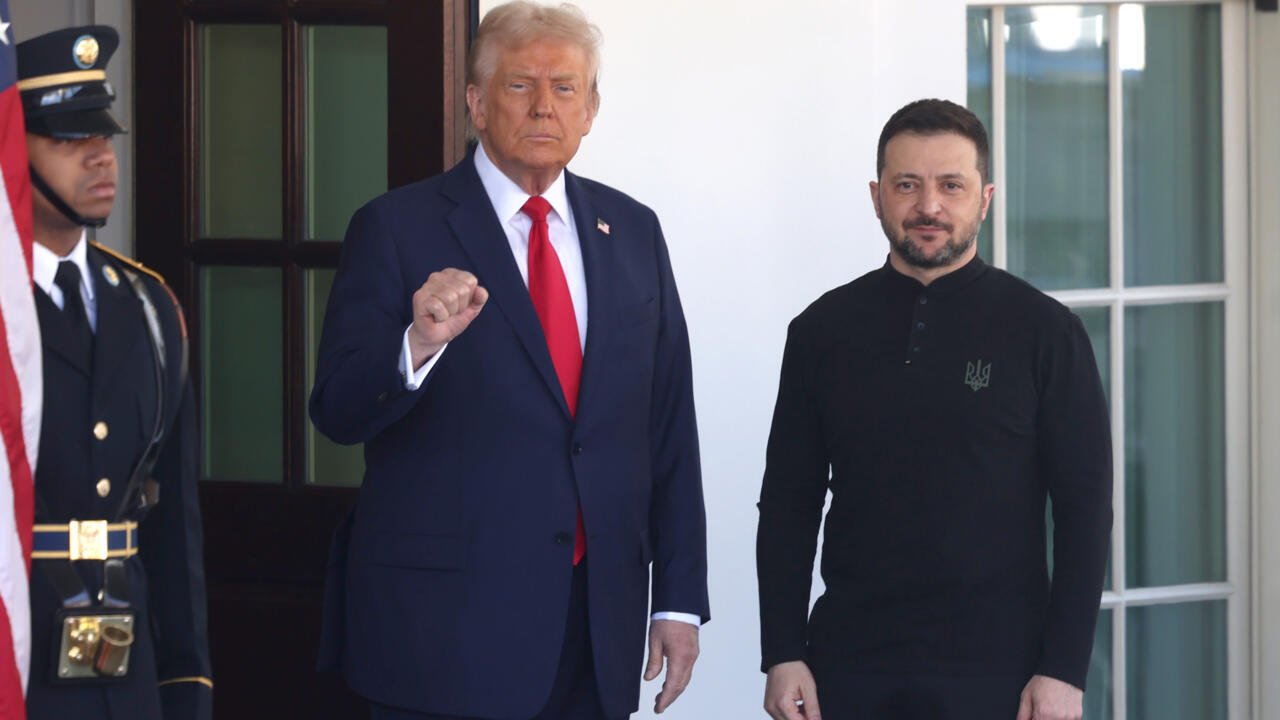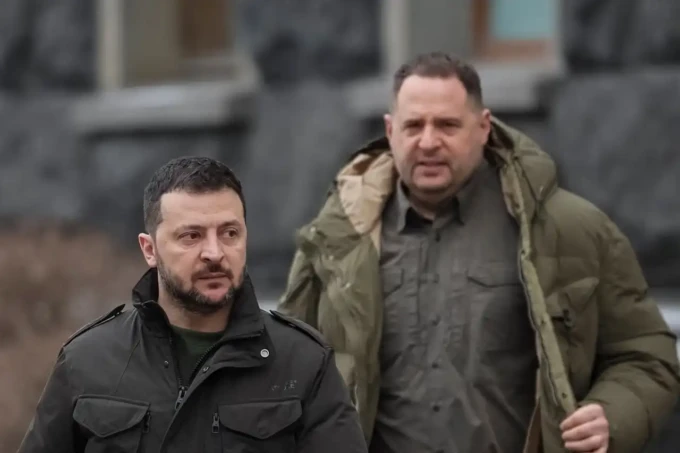In a significant development, Israel and Hamas have agreed to a ceasefire, potentially ending a two-year conflict that has devastated Gaza and resulted in countless casualties. The truce, facilitated by the United States with assistance from Egypt, Qatar, and Turkey, marks the initial phase of a broader peace initiative aimed at addressing long-standing Israeli-Palestinian tensions.
As part of the agreement, Hamas will release 20 living Israeli hostages within 72 hours and return the remains of 28 others. In reciprocity, Israel will release 250 Palestinian prisoners, including women and children, while also addressing the plight of thousands of detainees held in Gaza. This exchange is set to begin soon, instilling hope among families who have faced prolonged separations.
The ceasefire has successfully held for three days, enabling many Palestinians to return to their homes in Gaza City. Despite this progress, the region is severely damaged, with ongoing humanitarian challenges. Rescue teams have raised concerns about unexploded ordnance, and aid officials estimate that over 300,000 tents are necessary to shelter more than 1.5 million displaced individuals.
U.S. President Donald Trump plans to visit Israel and Egypt to commemorate the ceasefire and participate in a peace summit in Sharm el-Sheikh, which aims to solidify the agreement and outline future steps. While the ceasefire marks a critical breakthrough, challenges remain, including issues surrounding Gaza’s governance, Hamas’s disarmament, and reconstruction efforts.
The international community has reacted with cautious optimism, with organizations and neighboring countries endorsing the ceasefire and highlighting the need for sustained efforts toward lasting peace. The upcoming days will be pivotal in determining whether this agreement can lead to a new phase in Israeli-Palestinian relations.












Leave a comment